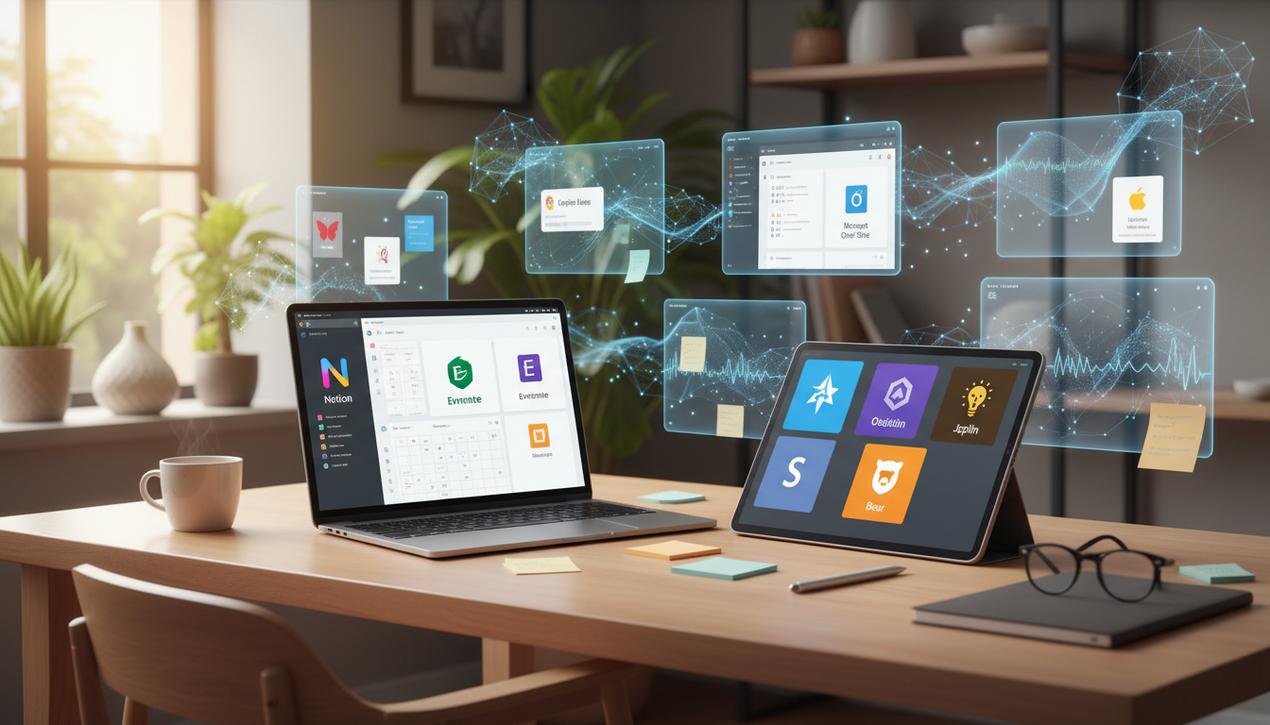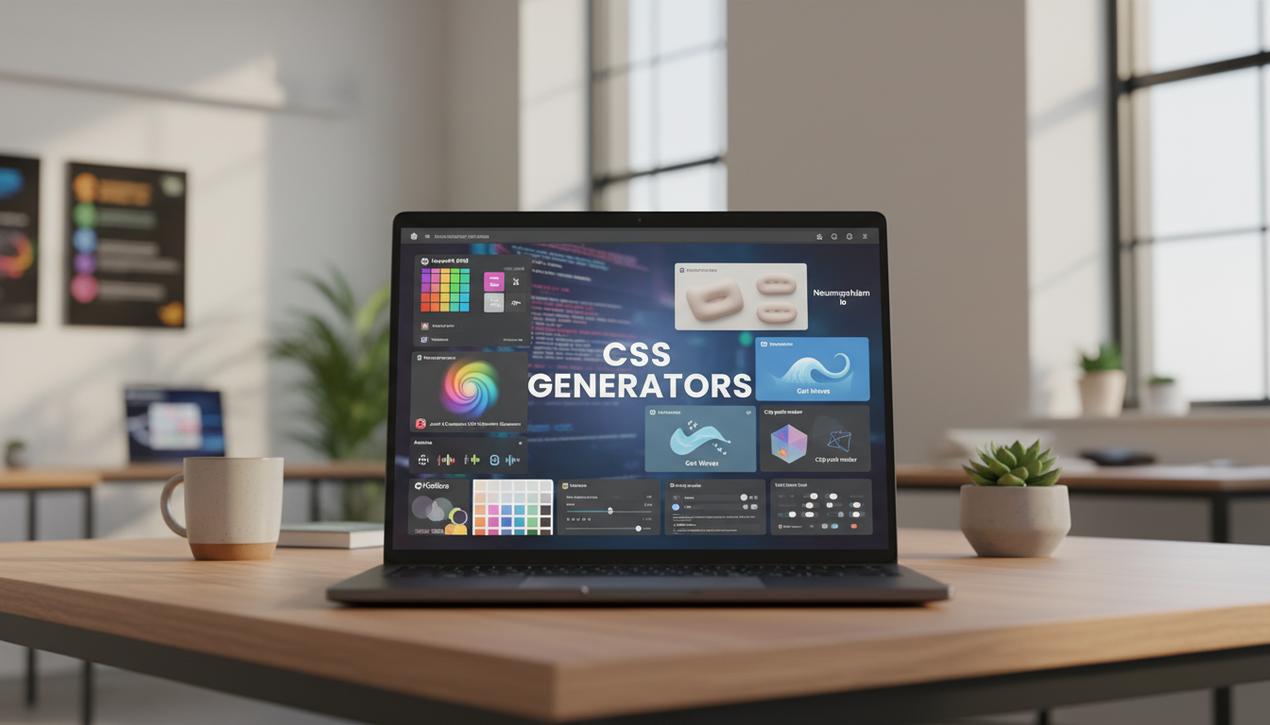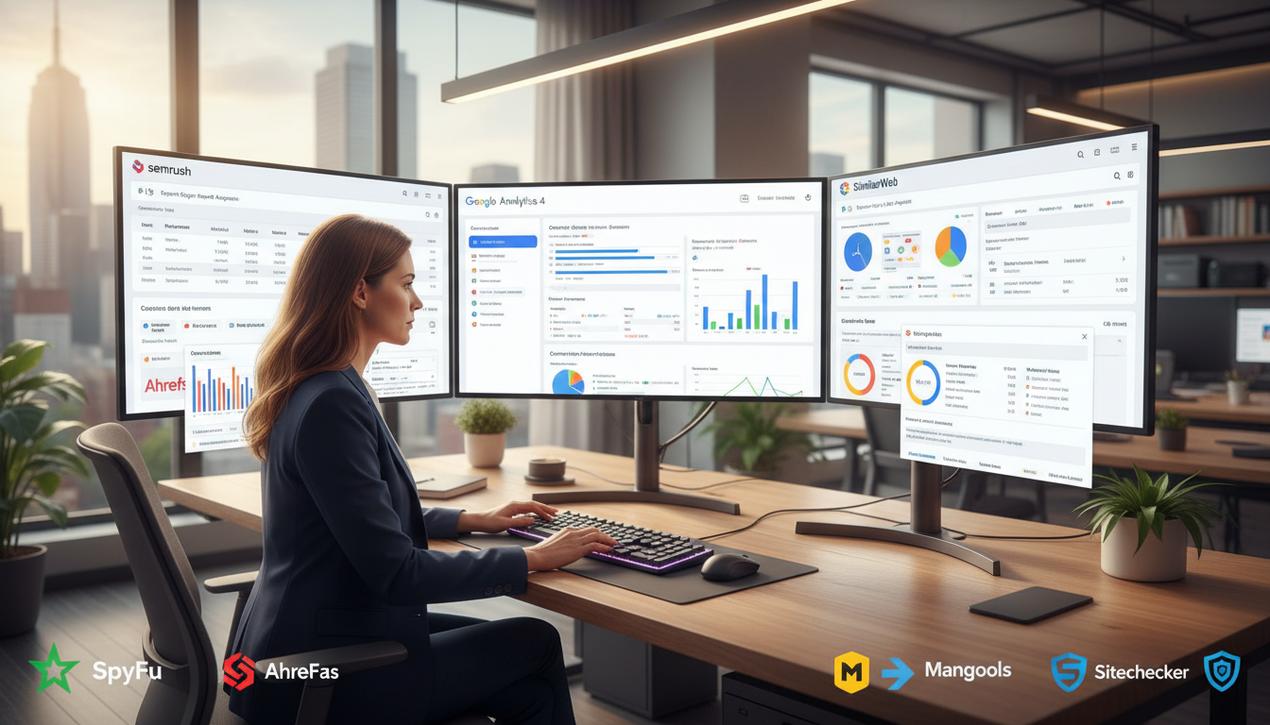The 12 Best Note-Taking Apps for 2025


In the age of information, our brains are constantly bombarded with data, ideas, and tasks we can’t afford to forget. The humble sticky note on the monitor is no longer enough to manage this incessant flow. In 2025, the market for digital note-taking tools is booming, with a projected compound annual growth rate of over 15%. This evolution is no accident: users are no longer looking for a simple digital notebook but a true “second brain.” Current trends are overwhelmingly shifting towards AI integration to summarize, transcribe, and generate ideas; real-time collaboration for teams; and bidirectional linking systems to connect knowledge. Whether you’re a student, a creator, a project manager, or simply seeking better personal organization, there’s an application designed for your needs. From all-in-one platforms to minimalist apps, this comprehensive guide analyzes the 12 best note-taking tools to help you capture, organize, and connect your ideas with formidable efficiency.
Why a Simple Notepad Isn’t Enough in 2025
While the act of writing in a physical notebook retains its charm, the demands of the modern professional and personal world have made digital tools indispensable. Today’s applications transcend simple text capture to become entire productivity ecosystems. Three major trends explain why a basic text file has become obsolete.
Artificial Intelligence: Your Personal Assistant
The most significant trend of 2025, part of the wider tech evolutions shaping our world, is the massive integration of AI. Modern tools no longer just store your notes; they understand them. AI can now summarize long articles, automatically transcribe audio from meetings, suggest action plans from your brainstorms, and even write first drafts. This intelligent assistance saves valuable time and allows you to focus on high-level thinking rather than formatting.
Real-Time Collaboration: The New Standard
Teamwork, whether in the office or remote, requires seamless tools. Modern note-taking apps incorporate features for sharing, commenting, and simultaneous editing. Multiple people can work on the same document, share meeting minutes, or build a collective knowledge base, thus eliminating endless email chains and version control issues.
The “Second Brain” Method and Bidirectional Links
Inspired by systems like Zettelkasten, a new generation of tools allows you to create a true knowledge network. Rather than filing notes into rigid folders, these applications use bidirectional links (or “backlinks”). Each note can be linked to another, creating a web of interconnected ideas. This approach, which aligns with various creativity methods to drive innovation, helps to surface unexpected connections and build a personal knowledge base that grows and enriches itself over time.
All-in-One Platforms for Ultimate Organization
These tools are true digital Swiss Army knives. They are not limited to note-taking but also integrate project management, databases, and much more, making them ideal solutions for centralizing your entire digital life.
1. Notion
A dominant force in 2025, Notion has redefined what a note-taking tool can be. It works like a set of building blocks: you start with a blank page that you can structure with text blocks, tables, databases, calendars, or galleries. It’s the perfect solution for creating personal wikis, tracking projects with Kanban boards, or managing a reading database. With the addition of Notion AI, it can now summarize, translate, and generate content directly within your notes.
2. Evernote
A pioneer in the market, Evernote remains a benchmark for its ability to capture everything. Its main strength is its “Web Clipper,” a powerful tool for saving articles, web pages, or screenshots. Its search function is extremely robust, capable of finding text even within images and PDF documents. Although its pricing model has become more restrictive, it remains a solid choice for those who need to archive a large amount of diverse information.
3. Microsoft OneNote
Free and fully integrated into the Microsoft 365 ecosystem, OneNote stands out for its freeform canvas. Unlike other apps structured in pages, OneNote functions like a true digital notebook where you can type, draw, and insert images or files anywhere on the page. It is an excellent tool for brainstorming and taking notes in lectures or meetings, offering unparalleled visual flexibility.
4. Craft
If you find Notion too complex, Craft is a beautiful alternative. Designed with exceptional attention to aesthetics, Craft focuses on creating visually appealing documents. It handles block-based structuring and links between notes but with a more intuitive and polished approach. Its performance on Apple devices is remarkable, and its collaboration features make it an excellent choice for creative teams.
Tools for Thinkers and Creators
This category is for those who want not only to store information but also to connect it to generate new ideas. They emphasize the Markdown format, speed, and bidirectional linking.
5. Obsidian
Obsidian is the leader of the “second brain” movement. Its approach is unique: your notes are stored locally on your computer as plain text Markdown files, giving you complete control and future-proofing your data. Its true power lies in its “Graph View,” which displays a visual map of all your notes and their connections. Thanks to a huge community of plugins, you can customize it endlessly to fit your workflow.
6. Joplin
For fans of open-source and privacy, Joplin is an excellent alternative to Evernote. It offers all the essential features: notebooks, tags, a web clipper, and Markdown support. It syncs with various cloud services like Dropbox or OneDrive while offering end-to-end encryption to ensure your notes remain secure.
7. Bear
Exclusive to the Apple ecosystem, Bear is praised for its clean interface and pleasant writing experience. It uses a simple hashtag system to organize notes, allowing for a flexible hierarchy with sub-categories (e.g., #work/projectA). It is a fast, elegant tool perfect for those who enjoy writing in Markdown without distractions.
8. Ulysses
Also reserved for Apple users, Ulysses is more than just a note-taking tool; it’s a complete writing environment for bloggers, authors, and academics. It allows you to manage long writing projects, set word count goals, and export your texts in multiple formats (PDF, ePub, HTML). It can even publish directly to platforms like WordPress.
Simple Apps for Quick Capture
Sometimes, you just need to jot down an idea quickly without getting lost in complex features. These tools excel at simplicity and efficiency.
9. Google Keep
Google Keep takes a virtual “sticky note” approach. Its colorful interface allows you to quickly capture text notes, to-do lists, photos, or voice memos. Its strength lies in its seamless integration with the Google ecosystem: your notes are accessible from a sidebar in Gmail, Google Calendar, or Google Docs, making it extremely practical for everyday use.
10. Simplenote
As its name suggests, Simplenote is the embodiment of minimalism. Created by Automattic (the company behind WordPress), it offers a fast, no-frills note-taking experience. It syncs across all platforms and supports Markdown. It’s the ideal tool if you’re looking for a free, reliable, and ultra-fast solution for plain text.
11. Apple Notes
Often underestimated, the built-in Notes app on iOS and macOS has become very powerful over the years. It now supports smart folders, hashtags, tables, and collaboration. For users within the Apple ecosystem, it’s a free, perfectly integrated, and surprisingly comprehensive solution for most needs.
12. Dropbox Paper
Dropbox Paper is designed primarily for team collaboration. Less a personal note-taking tool and more a shared working document, it excels at creating meeting minutes, project plans, or brainstorming sessions. It allows for easy integration of task lists, timelines, and content from other services like Trello or YouTube.
Choosing the perfect note-taking tool is a deeply personal decision that depends on your way of thinking and working. Whether you need the modular power of Notion, the networked structure of Obsidian, or the lightning-fast simplicity of Google Keep, the 2025 app ecosystem offers a solution for everyone. Don’t hesitate to try several; most offer free versions or trial periods. Investing time in finding the right tool is an investment in your ability to think, create, and organize yourself better for years to come.




